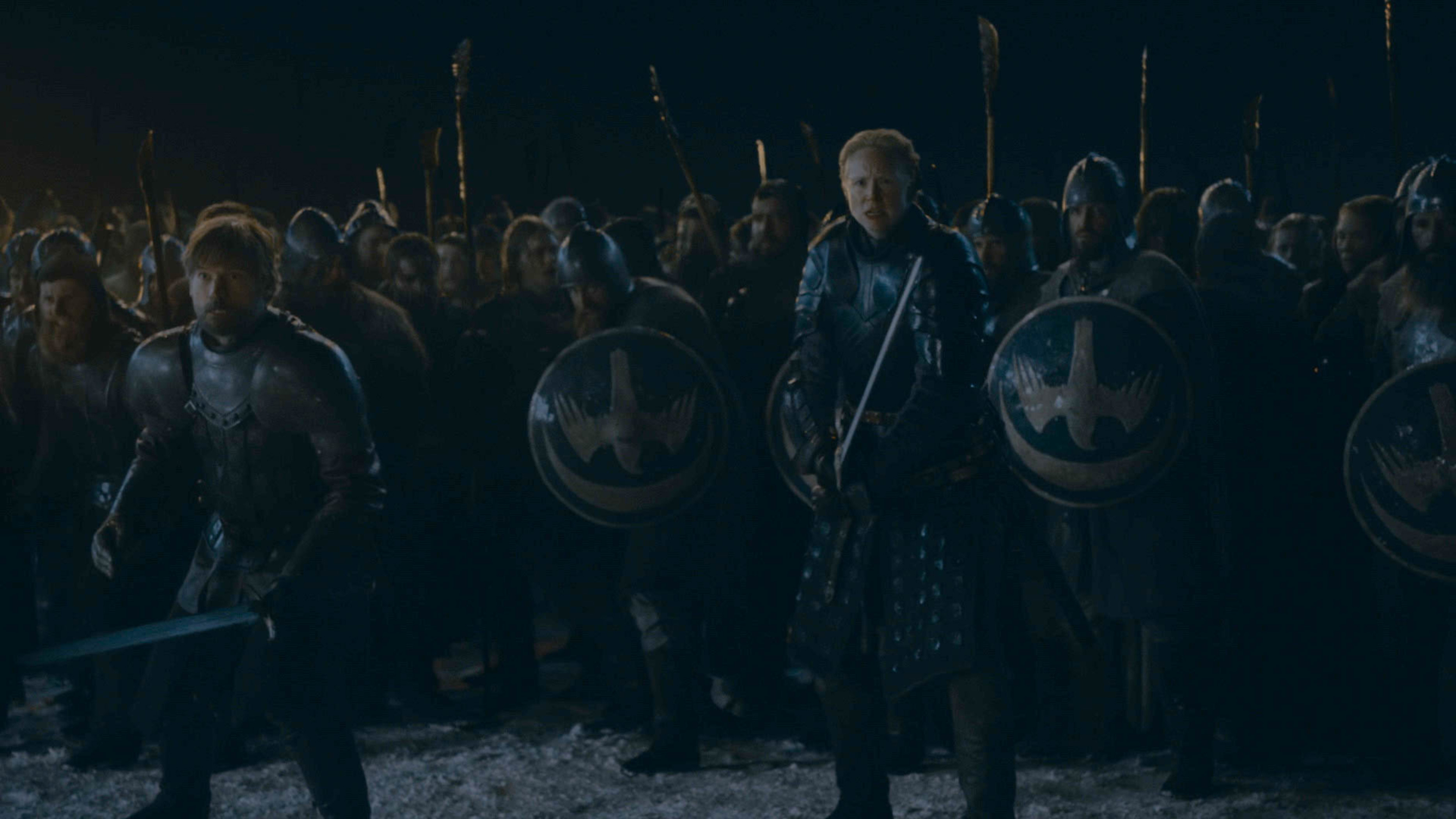‘Game of Thrones’ Darkness Wasn’t a Problem at All
A popular line from “Game of Thrones” is “the night is dark and full of terror,” and in the most recent season, so is the look of the episodes.
The final season of HBO’s hit show has caused quite a stir among fans each week often for more than just the shocks and twists of the episodes. One of the most controversial and publicized instances from the season has been the viewing quality of the third episode, “The Long Night.”
Portraying the much-anticipated battle between the show’s main characters and the army of the dead, a number of viewers said that it was too dark for them to see what was going on at times. A number of articles were written in the days and weeks that followed expressing how and why the episode, which took place entirely at night and in a bit of a fog, appeared exceedingly dark for some, covering things like TV settings, the loss of quality when streaming on smartphones or computers and compression technology.
The director of photography for the episode, Fabian Wagner, responded by saying that the episode was shot as it was intended and echoed the idea that any problems experienced were from outside factors of how people watched it.
TV Technology asked its resident lighting expert, Julia Swain, to share her thoughts on the lighting of the episode and how both production elements and people’s TVs can impact the final result for viewers at home.
TV Technology:What do you think were some of the main factors as to why people were finding the episode too dark?
Julia Swain: People found the episode too dark because the director of photography wasn't afraid of the dark. The world fell off into darkness as it would if you were there in the battle, which made everything more dramatic.

TVT:How can the lighting be impacted when utilizing hi-res equipment on set but viewed by audiences with lower-res TVs/streaming services?
JS: Low-res TVs and streaming services can muddy up an image. Colors, highlights and shadows bleed together, so detail is even harder to see.
TVT:Do cinematographers/lighting departments consider the possibility of how an image may change from being viewed on a monitor on set to how it is displayed on TV? Does that change how a scene is lit?
JS: To some degree, but I think we all have the hope that our audiences are viewing under correct circumstances—and both theater screens and better consumer screens are calibrated to deliver a great image. Obviously, we can't make every screen happy.
TVT:What are some guidelines for shooting dark scenes so these type of problems can be avoided?
JS: I think every cinematographer and director make a creative choice as to what darkness is for each show... so, no. Expose how you want to expose and give the audience the information you want to give them for the story.
TVT:How would HDR enhance the scenes in question?
JS: HDR would allow every detail to be seen, so audiences wouldn't miss anything in the shadows … they'd have the largest range in terms of details in highlights and shadows.
TVT:In a high-end production such as “Game of Thrones,” does it make sense for them to shoot in 4K/HDR?
JS: I think higher resolution and HDR could maybe play into the VFX work, but honestly it might not be right for the story—I do appreciate the rawness “GoT” presents itself in and don't mind some darkness.
Get the TV Tech Newsletter
The professional video industry's #1 source for news, trends and product and tech information. Sign up below.
